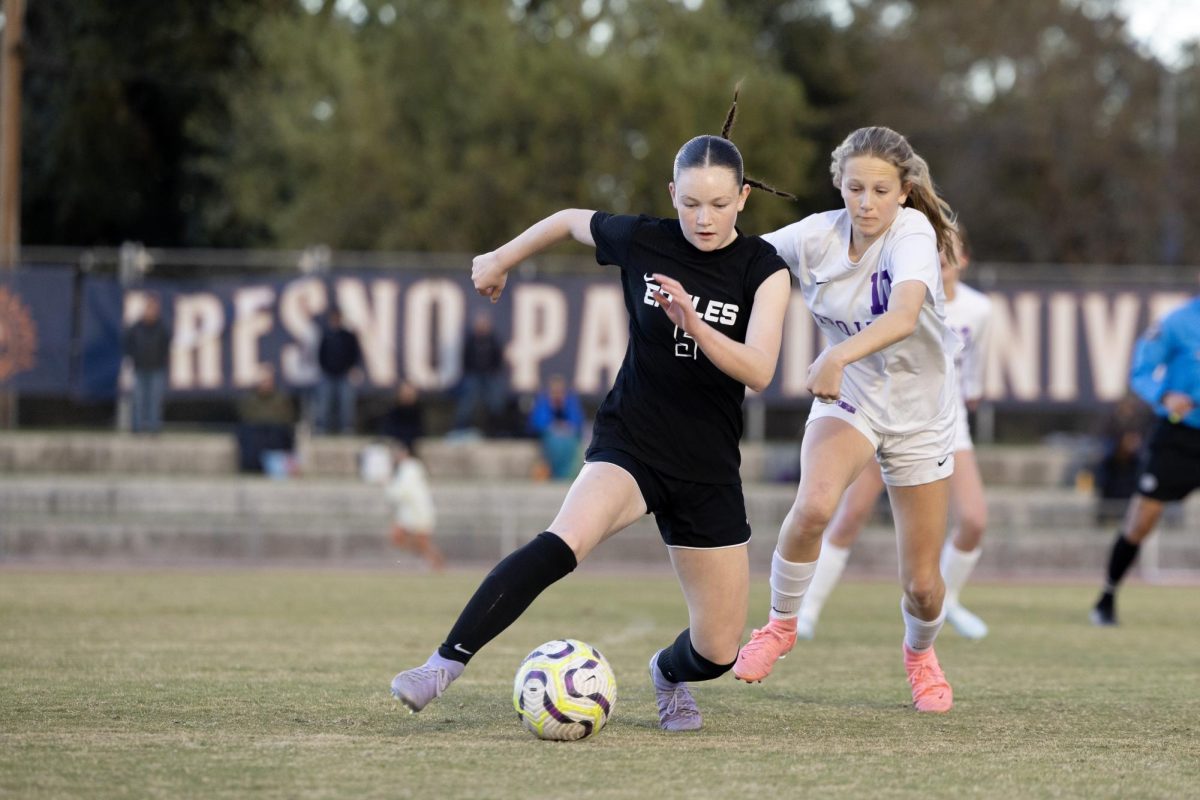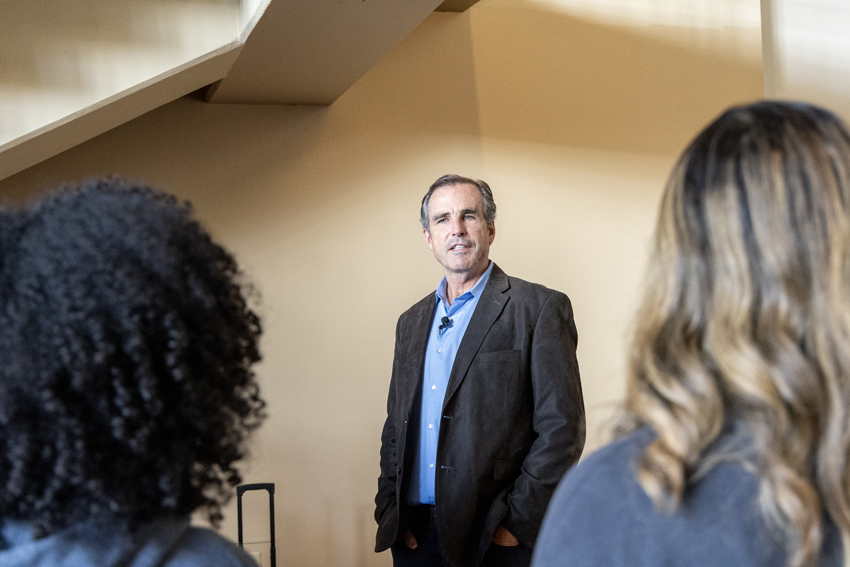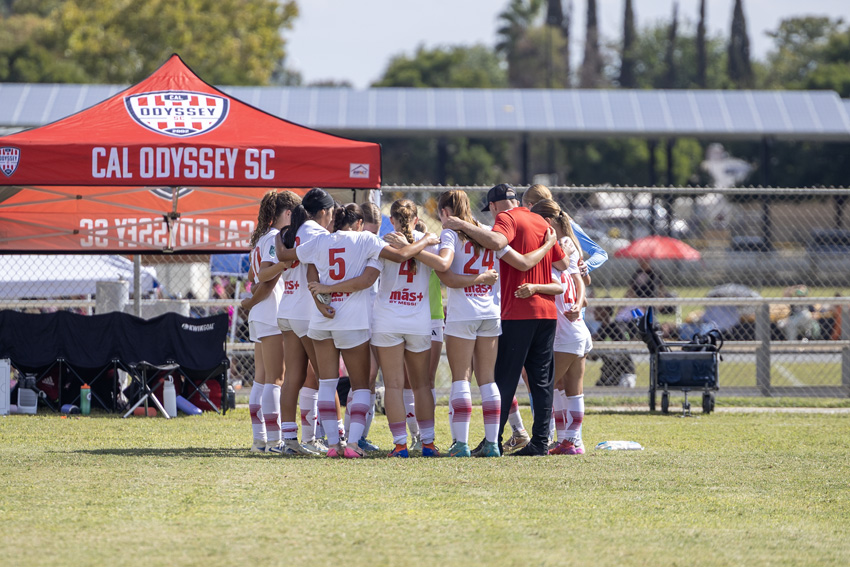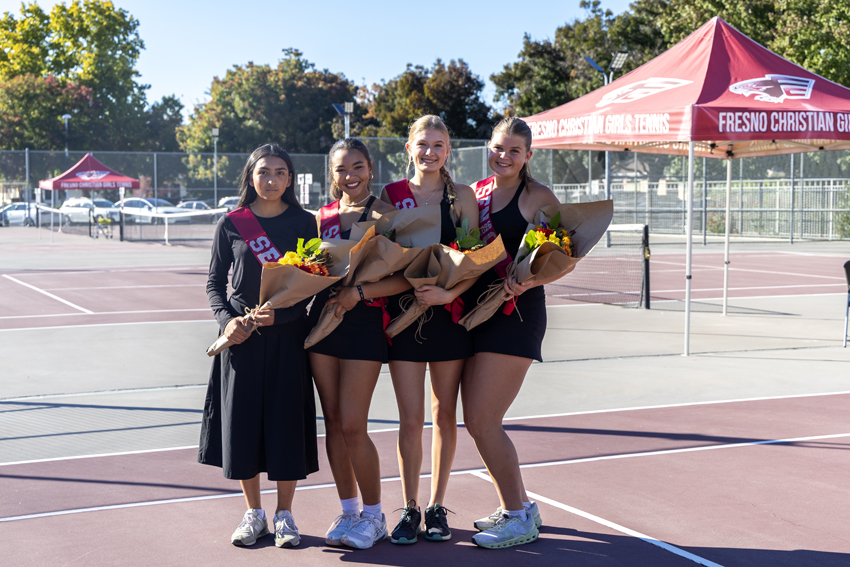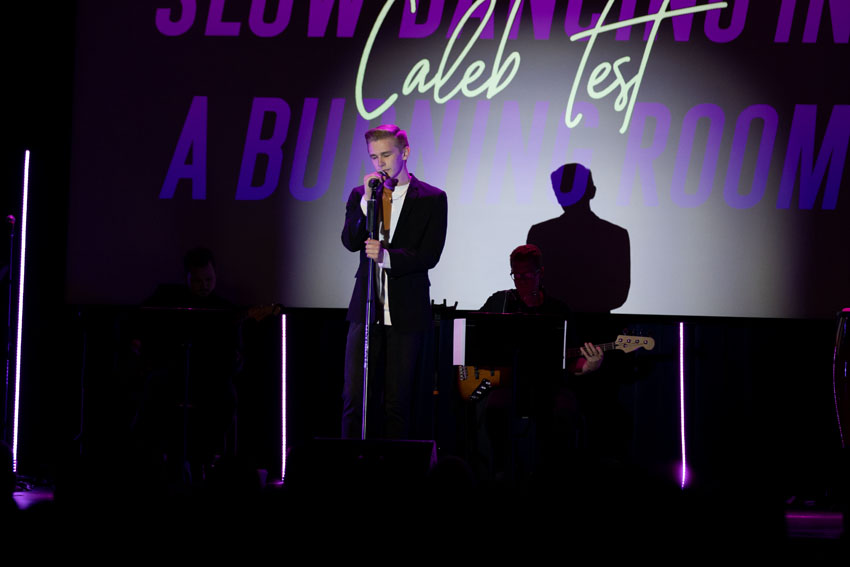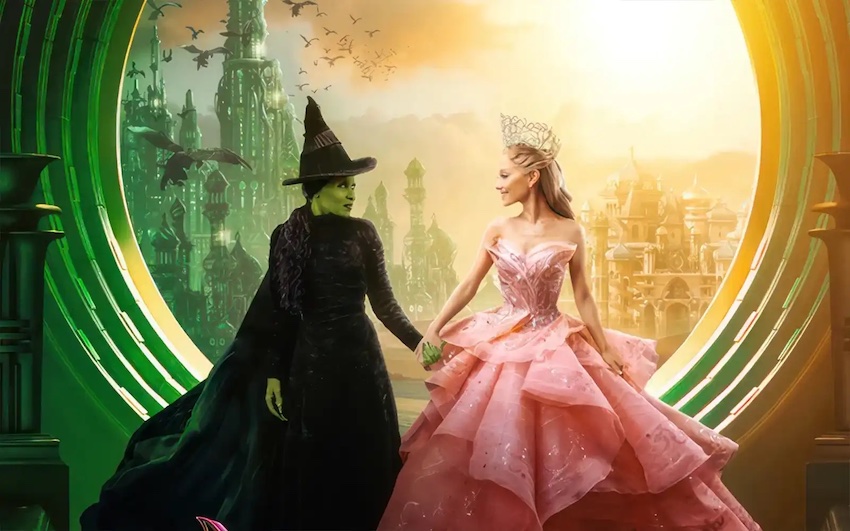If students were to walk into biology teacher Bill McGowen’s room, they might think they were in home ec. class. Cakes, sandwiches, and other sugary creations lie on the desks. How does this relate to biology? All of these are modeled to represent the cell and its organelles.
McGowen first came up with the idea of creating cell models four years ago. His approach has been hands on as well as insightful for his students, he said.
“Having them create these cells is a good way to make sure they have a good grasp of structure,” McGowen said. “Understanding structure gives gives us a good clue as to the organelle’s function.”
McGowen believes the models help students comprehend the inner workings of the cell.
“I truly believe the hands-on approach improves students’ understanding of the cell concepts and helps later on when I am asking them questions requiring higher-order thinking skills,” McGowen said.
The cell models have improved in their quality each year. McGowen is particularly proud of the models made this year, he said.
“I thought this year’s cell’s were some of the best I’ve seen,” McGowen said. “There was a tremendous amount of effort put forth on many of these cell models.”
One of the unique cell models was a cake created by freshman Matthew Jenkins. His mom gave him the inspiration to make this frosty creation.
“My mom didn’t want me to go buy supplies at the store,” Jenkins said. “We decided to make use of the resources from our house. My cake is equipped with caramel squares, a pickle and an apple all rolled together to represent the nucleus. For being a biology assignment, it was pretty cool.”
Freshman Clint Wells also decided to use food instead of an artificial model.
“I thought this was a cool project because I had the choice to make the cell out of Styrofoam or food,” Wells said. “I went with food and used cheese and spaghetti as the organelles. This was the one of those assignments where you get a grade for having fun and being creative.”
The cell models reflected the creativity and effort the biology students put into them.
“It’s always great to see how a student will use something I never thought of to make the cell their own,” McGowen said. “We had a disco ball, a bike theme, a lot of cakes and colorful packing peanuts. The edible projects were allowed to be eaten. Food stores around Fresno obviously lost a lot of sugar due to the amount of junk food used. I think next year I’ll offer extra credit for building something a bit healthier.”
For more photos of cell models, check out Tasty bio-cell.

